
China
08:58, 12-Sep-2017
CAEXPO from A to Z
CGTN
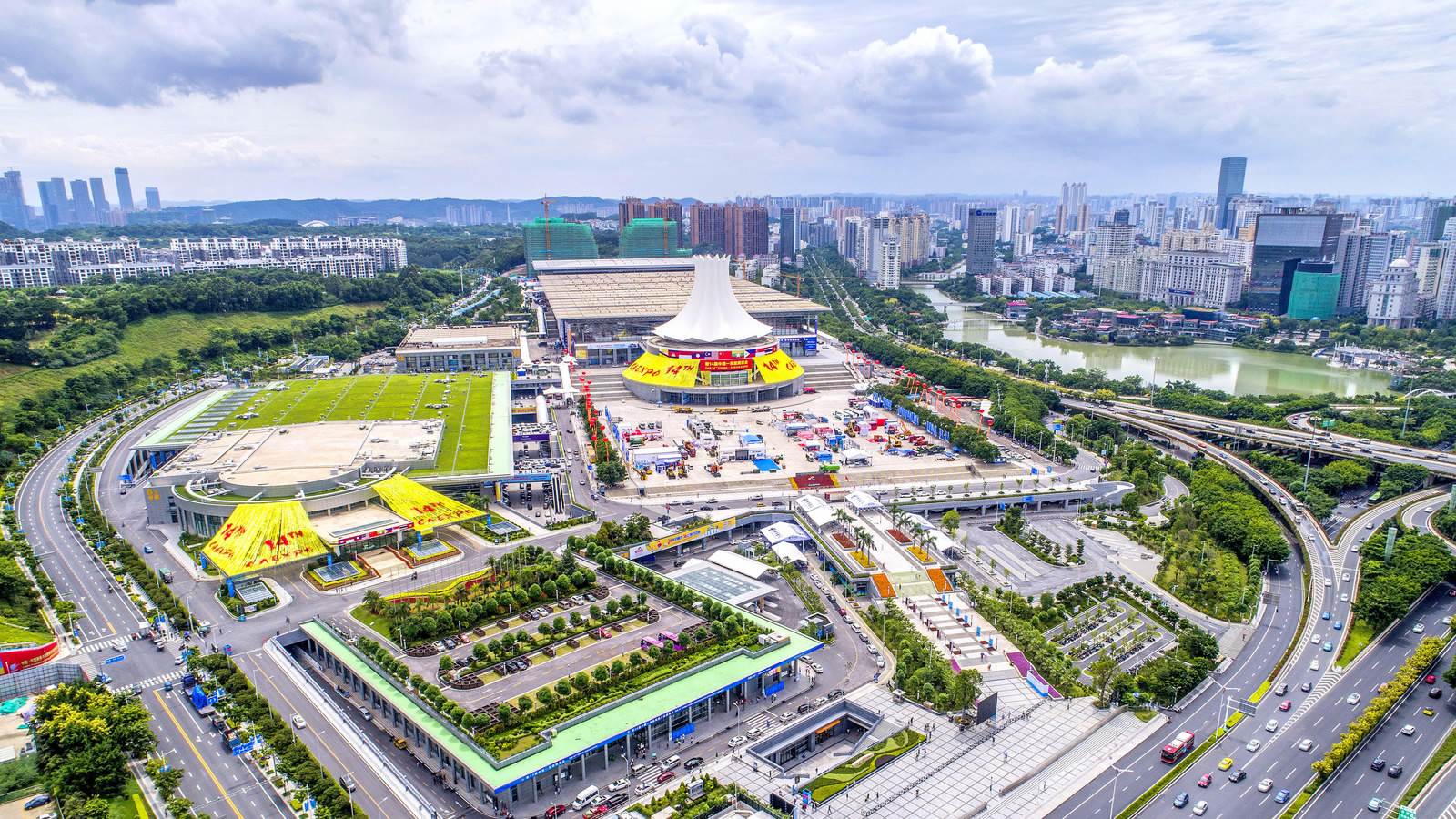
The 14th edition of the China-ASEAN Expo (CAEXPO) opened on Tuesday in Nanning, capital of south China’s Guangxi Zhuang Autonomous Region. It’s a major networking event where investors and traders can meet and greet with potential partners and customers, a platform for officials to debate, discuss and develop cooperation strategies and cross-border development policies and an occasion for tourists to find their next holiday getaway.
Here’s the A to Z on CAEXPO:
A for Annual: The event has been held in the city since 2001. Governments have changed, officials replaced and policies amended, but the CAEXPO has remained an annual fixture for 14 years now. Its date has however changed from November to October and as of late September.
B for Belt and Road: China proposed an ambitious development plan in 2013 inspired by the ancient Silk Road. The Belt and Road Initiative aims to allow a free flow of people, ideas, goods, trade and capital between economies around the world. The push for an equitable, sustainable and coordinated cross-border development, resting on an expansive network of infrastructure and investment, bodes well with the goal of CAEXPO, which has incorporated the essence of the initiative in the past few years.
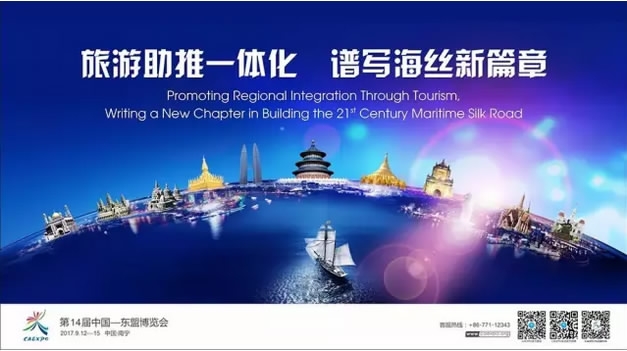
This year's CAEXPO themes revolve around tourism and the 21st Century Maritime Silk Road. /CAEXPO Photo
This year's CAEXPO themes revolve around tourism and the 21st Century Maritime Silk Road. /CAEXPO Photo
C for City of Charm: At CAEXPO, cities compete for center stage. Every year, China and the 10-member club choose their own selections for the “Cities of Charm” based on their achievements in the concept or sector chosen as the theme of the year. The Philippines seems to be the most eager to nab the opportunity and promote its cities. In 13 years, 15 Philippine cities were selected as "Cities of Charm" – the highest among all participating countries. Meanwhile, Singapore has been the sole choice of Singapore.
D for Dollars: At an international trade fair, cash is never in short supply. During the first edition of CAEXPO, trade volume stood at 1.084 billion US dollars. Eleven years later, in 2014, the figure soared to 1.9 billion US dollars.
E for Emblem: Rome wasn’t built in a day, and the same can be said about the emblem of CAEXPO. Plenty of symbolism has gone into the design, which imitates a Chinese Hibiscus in full bloom. The 11 petals represent China and the 10 ASEAN countries, and despite borrowing the colors of a rainbow, blue is prevalent reflecting the geography of the countries, as all except Laos have coastlines.
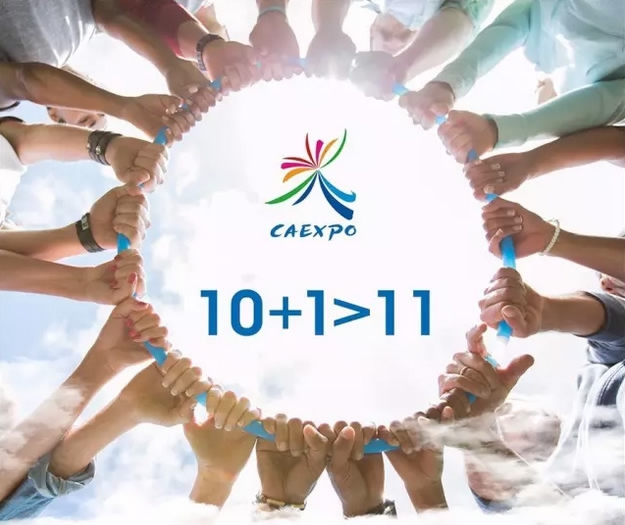
CAEXPO's emblem is inspired by the Chinese Hibiscus. /CAEXPO Photo
CAEXPO's emblem is inspired by the Chinese Hibiscus. /CAEXPO Photo
F for Free Trade Area: The 11 countries reached an initial agreement on the ASEAN-China Free Trade Area (ACFTA) in 2002, but it took another eight years for the idea to materialize. The free trade area came into effect on January 1, 2010. It is the largest such zone in terms of population (1.9 billion) and ranks first among FTAs in developing countries with a GDP of about 2 trillion US dollars.
G for Guangxi: The provincial-level region is China’s gateway to ASEAN. With 1,000 kilometers of border with Vietnam and a long winding coast, Guangxi is the only region in China with both land and sea connections with the association.
H for Hehe: While it might sound like a muffled laugh, Hehe means cooperation and integration in Mandarin. It is also a homophone for peace and harmony. But more importantly, Hehe is the name of CAEXPO’s mascot, a white-headed leaf monkey. The primate is an endangered species and a native of Guangxi.

"Hehe" is CAEXPO's mascot. /CAEXPO Photo
"Hehe" is CAEXPO's mascot. /CAEXPO Photo
I for Integration: With an expansive network of infrastructure, from highways and railways to seaports and airports, Guangxi has been transformed into a transport hub connecting China and ASEAN. Infrastructure was backed by a number of favorable policies with the aim of integrating the economies of the 11 countries. The Belt and Road Initiative has also deepened the foundation of such cross-border cross-cultural marriage.
J for Jets: Driving traffic to the expo means securing the logistics needed to facilitate the arrival of visitors and exhibitors from home and abroad. Nanning Wuxu International Airport connects the regional capital of Guangxi to 74 cities via non-stop flights. Hanoi is only an hour away, while the furthest flight is to Denpasar in Indonesia taking five hours.
K for Kazakhstan: Despite not being part of ASEAN, the central Asian country will be joining the 14th CAEXPO as a Special Partner thanks to its contribution to the Belt and Road Initiative.
L for Land Passes: Guangxi’s proximity to Vietnam means that trade and tourism could be done the old fashioned way: on foot or by car. Among the famous overland crossings is the Friendship Pass, which is one of the busiest border trading points of Vietnam. It’s been standing since the early Ming Dynasty – that’s around 600 years ago. It connects Pingxiang City in Guangxi with Vietnam’s Lang Son Province. In 2016, border trade accounted for about 45 percent of Guangxi's total import and export volume.
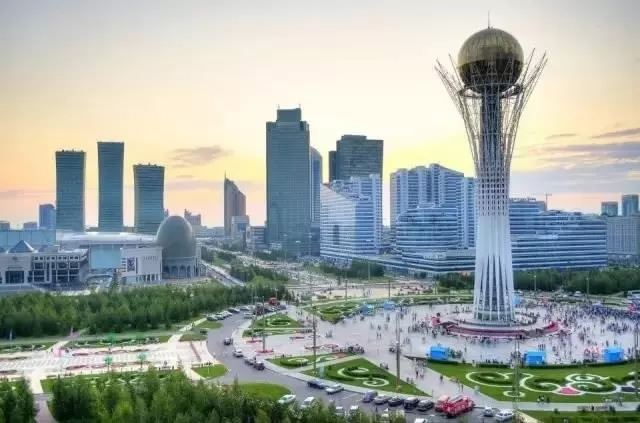
Kazakhstan is participating in this year's CAEXPO as a Special Partner. /CAEXPO Photo
Kazakhstan is participating in this year's CAEXPO as a Special Partner. /CAEXPO Photo
M for Mathematics: It’s no brainer that 10+1 equals 11. But CAEXPO’s equation defies algebra – but for a very good reason. The “10+1>11” concept embodies the spirit of CAEXPO as the cooperation between China and the 10-member association gives them greater power and more influence on the global stage all the while taking regional harmony to new highs.
O for Open Borders: Tourism has been one of the main areas of cooperation between China and ASEAN countries and one of CAEXPO’s main fields of focus. Visa policies by ASEAN countries have significantly helped steer Chinese tourists to their tropical paradises. Meanwhile visa facilitations for ASEAN tourists to China also boosted their arrivals to the Middle Kingdom. Tour groups from ASEAN member countries can visit Guilin City in Guangxi for six days visa-free; while ordinary passport holders from Singapore and Brunei can enter China for up to 15 days without visa. The Philippines in August this year launched a visa on arrival for Chinese tourists joining Brunei, Cambodia and Thailand. Meanwhile tourists in China can enter Indonesia without a visa.

Ningbo is China's pick for the "City of Charm" this year. /CAEXPO Photo
Ningbo is China's pick for the "City of Charm" this year. /CAEXPO Photo
P for Pavilions: Five pavilions will be awaiting buyers, traders, investors or just visitors to the 14th CAEXPO, namely commodity trade, investment cooperation, advanced technology, trade in services and cities of charm.
Q for Questions: As a point of meeting for officials, industry representatives, traders and investors, CAEXPO provides insight on the present and future of relations between China and ASEAN. What are the new areas of cooperation between China and ASEAN? And where is such collaboration headed? As two areas with a number of similar manufacturing focus and expertise, how is competition turning into complementarity? What about production capacity cooperation? What are the tourism trends in the region and how is ASEAN planning to attract more Chinese tourists?
R for Row: The situation in the South China Sea is now under control thanks to open political communication between the many claimants of the maritime body. However, things have not always been smooth sailing. Tensions were on the rise a few years back, reaching their peak last year. But even as the row raged, the show still went on. In 2013, Zheng Junjian, the then secretary-general of the CAEXPO secretariat, said the event is not affected by the dispute. “It’s a problem that should be solved by the leaders of the countries concerned. The CAEXPO does not involve in these (issues),” he said.
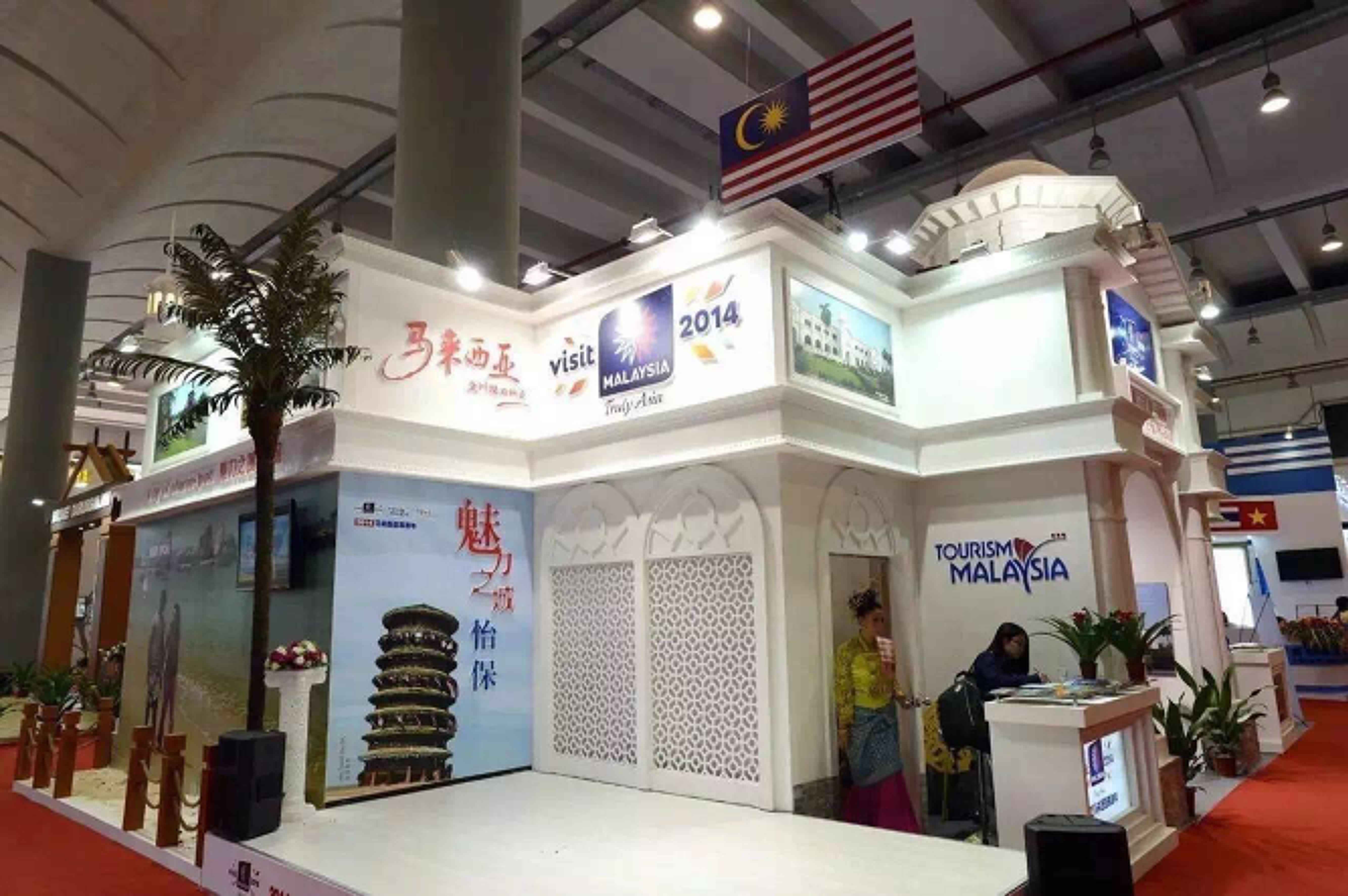
Malaysia's booth during the 12th CAEXPO. /CAEXPO Photo
Malaysia's booth during the 12th CAEXPO. /CAEXPO Photo
S for Scale: the event keeps getting bigger. More trade, more agreements, more traffic year after year. The first expo had 626 booths by ASEAN representatives. By the 12th expo, there were 1,247. During the same period, the number of exhibitors and trade visitors shot from 18,000 people to 65,000.
T for Trade: China and ASEAN are close trading partners. Between the two was 452-billion-US-dollar worth of trade in 2016. China is the largest trading partner of ASEAN, while the bloc is China’s third largest trading partner and its second import source. Investment is also big across the border. Until May 2017, two-way investment between China and ASEAN surpassed 183 billion US dollars. Last year, China’s direct investment to ASEAN member countries stood at 9.31 billion US dollars, 3 billion US dollars more than ASEAN’s in China.
U for Unique: CAEXPO is a government-backed event, sponsored collectively by the commerce and trade ministries and departments in China and the 10 ASEAN countries. It is the second biggest expo in China and one of the largest collaborative ones in the region, and is permanently held in Nanning. Its success is not only reflected by the increasing number of participants, but also the awards it amassed throughout the years. In 2006, it won China’s Top Ten Most Influential Government Guiding Exposition of 2006, and a year later China’s Top Ten Most Influential National Brand Exposition of 2007.
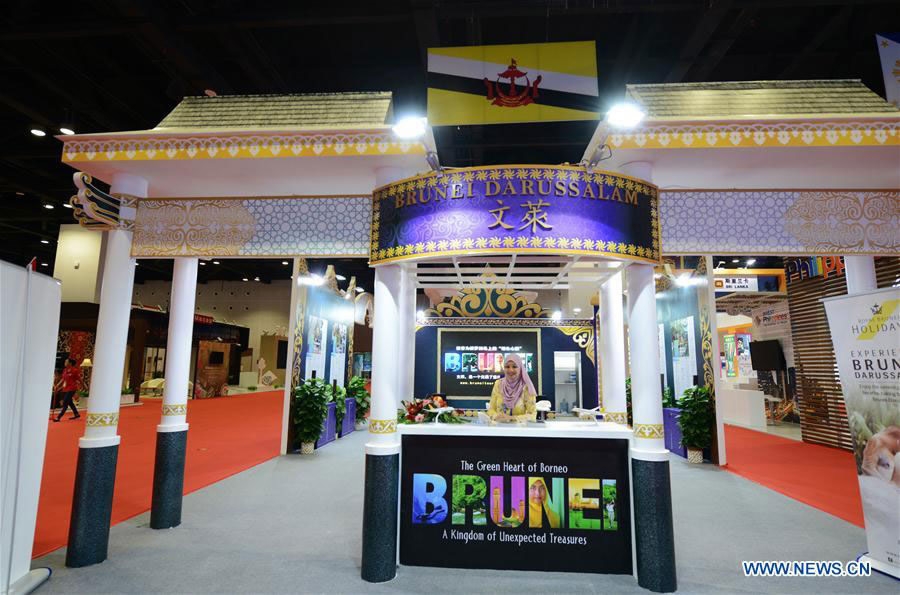
Brunei's booth at the 13th CAEXPO. /Xinhua Photo
Brunei's booth at the 13th CAEXPO. /Xinhua Photo
V for Vision: Vision 2025 is the growth blueprint for the ASEAN bloc that is essential for member countries to push regional integration and community-building efforts forward. Because of the similarities between the bold plan and the China-proposed Belt and Road Initiative, there have been calls from both sides to synergize the goals of the two projects for the common development of the region and the consolidation of its position on the map in a multi-polar world.
W for Win-Win: The Chinese solutions to the world’s woes are a two-pronged approach, consisting of building a human community of shared destiny and constructing a new system of international relations with win-win cooperation. CAEXPO helps with that by offering a platform for mutually beneficial opportunities to both ends of the deal.
X for Xi: Guangxi, the host region of the CAEXPO, is China’s pathway to ASEAN. And Chinese President Xi Jinping has called on the provincial-level region to rise to its potentials. In March 2015, he said “Guangxi should become an international pathway to ASEAN countries, a new strategic pivot in Southwest and Central China's opening up strategy, and a dynamic portal connecting the 21st Century Maritime Silk Road and the Silk Road Economic Belt”. In a visit to Nanning in April 2017, he also reiterated the same call for Guangxi to capitalize on its coastlines, rivers, and border areas. The success of Guangxi in answering the call spells the success of CAEXPO.

Staff members at the Laotian booth during the 13th CAEXPO. /XinhuaPhoto
Staff members at the Laotian booth during the 13th CAEXPO. /XinhuaPhoto
Y for Year of Tourism: 2017 marks the year of tourism cooperation between China and ASEAN countries, and tourism is a major theme of this year’s CAEXPO. China has been the top source of tourists to ASEAN since 2012, with Thailand, Malaysia and Singapore attracting Chinese tourists the most.
Z for Zero Tariffs: The FTA agreement between China and ASEAN means that tariffs on over 7,000 commodities have been slashed. Starting January 1, 2010, China has implemented zero tariffs on over 90 percent of products from ASEAN with the average tariff rate slimming from 9.8 percent to 0.1 percent. In return, ASEAN countries reduced tariffson Chinese goods from 12.8 percent to 0.6 percent. For CAEXPO visitors that means good bargains at cheap prices.

SITEMAP
Copyright © 2018 CGTN. Beijing ICP prepared NO.16065310-3
Copyright © 2018 CGTN. Beijing ICP prepared NO.16065310-3